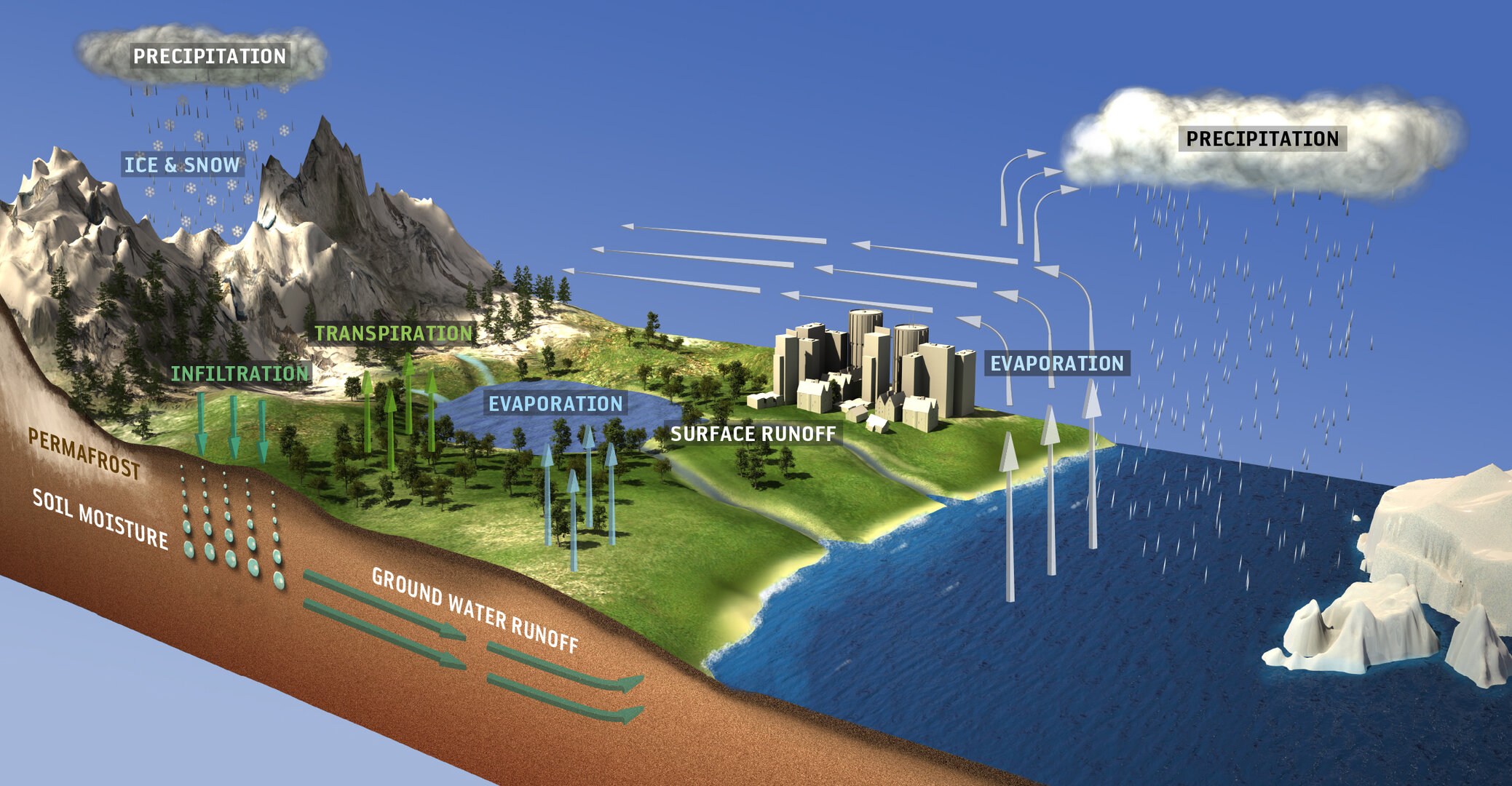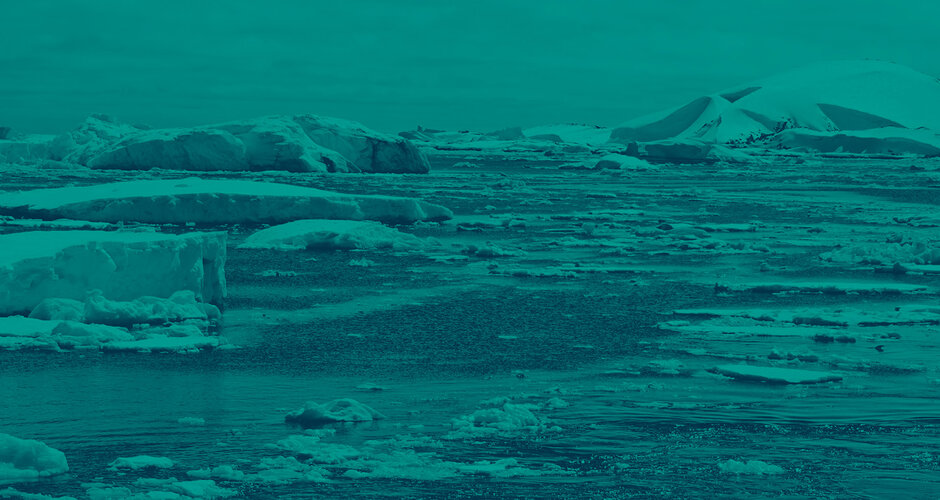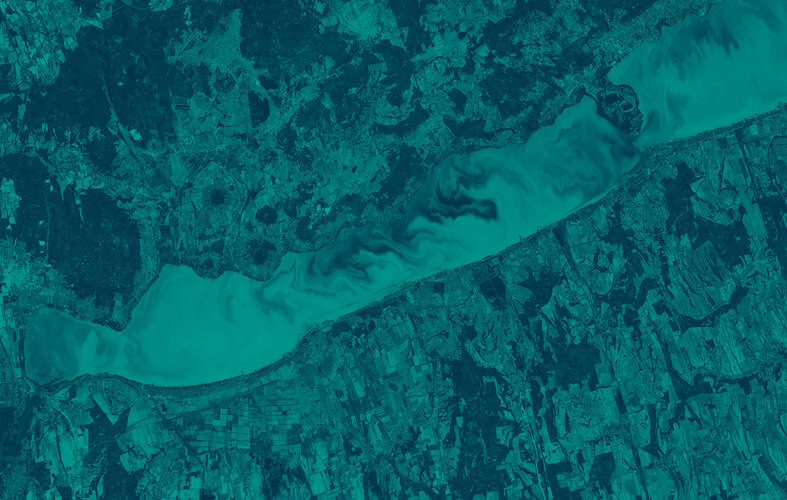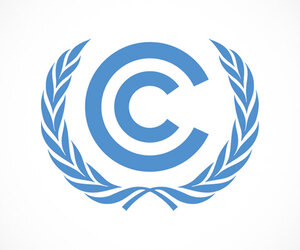Space agencies combine efforts for space hydrology
Heads of space agencies are meeting today in Marrakesh, Morocco at the COP22 climate change summit to reaffirm their commitment to a coordinated approach for monitoring Earth’s climate, with particular focus on the water cycle.
In the meeting hosted by Morocco’s Royal Centre for Remote Sensing and France’s CNES space agency, the heads of space agencies noted climate change is set to alter the water cycle, causing changes in precipitation and evaporation regimes and the acceleration of glacier melting. This will have direct effects on both ecosystems and societies across the globe.
It is therefore imperative to have operational observing methods to quantify current shifts in the water cycle and their effects, as well as develop predictive models to improve forecasting capabilities. The frequent, global coverage provided by satellites is necessary to monitor and quantify the different elements of our planet in general, and specifically for the water cycle.
A number of ESA’s Earth observation missions already provide a wealth of data on this topic. Launched in 2009, the SMOS satellite has been monitoring soil moisture and ocean salinity – two key variables of Earth’s water cycle.
Meanwhile, CryoSat is measuring the thickness of polar sea ice and monitoring changes in the ice sheets that blanket Greenland and Antarctica, providing vital information on changes in sea level.
Gravity data from the GOCE satellite – which reentered Earth’s atmosphere in 2013 – today act as a reference and are being used to make breakthroughs in our understanding of ocean currents.

In addition, the Sentinel missions for Europe’s Copernicus programme are providing daily information on ice, water bodies and atmosphere.
ESA’s Climate Change Initiative helps to address issues related to climate through the exploitation of over 30 years of satellite data, and its projects focus on different climate variables such as greenhouse gases, glaciers, sea ice and soil moisture.
ESA also runs a number of projects that focus on water: the TIGER initiative trains African water authorities and researchers in exploiting satellite data and Earth observation technology for sustainable water resource management, while GlobWetland supports the building of wetland inventories, as well as the monitoring and assessment of wetland ecosystems with satellite data.
With the support of international organisations and the user community, the heads of space agencies agreed to continue the supply of space hydrology data, and will propose new missions to improve and complement current measurements in other domains relevant to the environment and specifically on climate change.
They will also support initiatives that strengthen capacity-building to promote the use of these new data in order to improve forecasting and help decision-makers manage water resources more effectively.
The meeting also provided the opportunity for heads of space agencies to follow up a key issue that came out of last year’s COP21 in Paris: the monitoring of carbon dioxide from space. ESA and the European Commission have already begun defining a global carbon dioxide-monitoring system with the support of NASA and Japan’s JAXA space agency.











